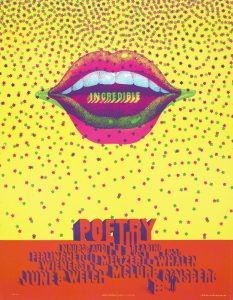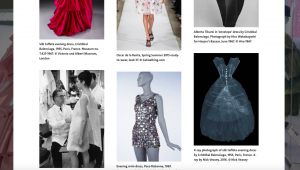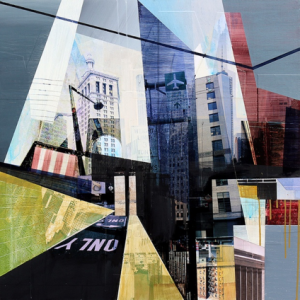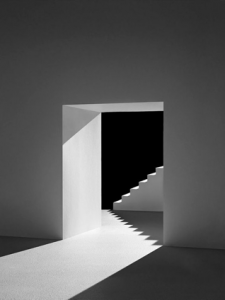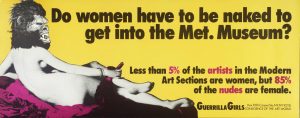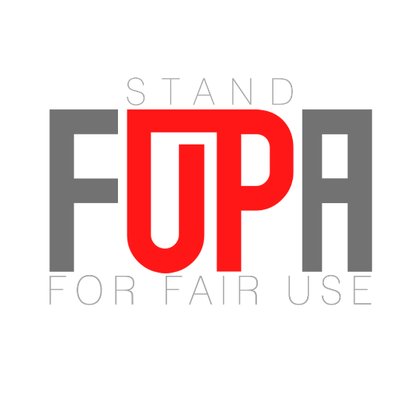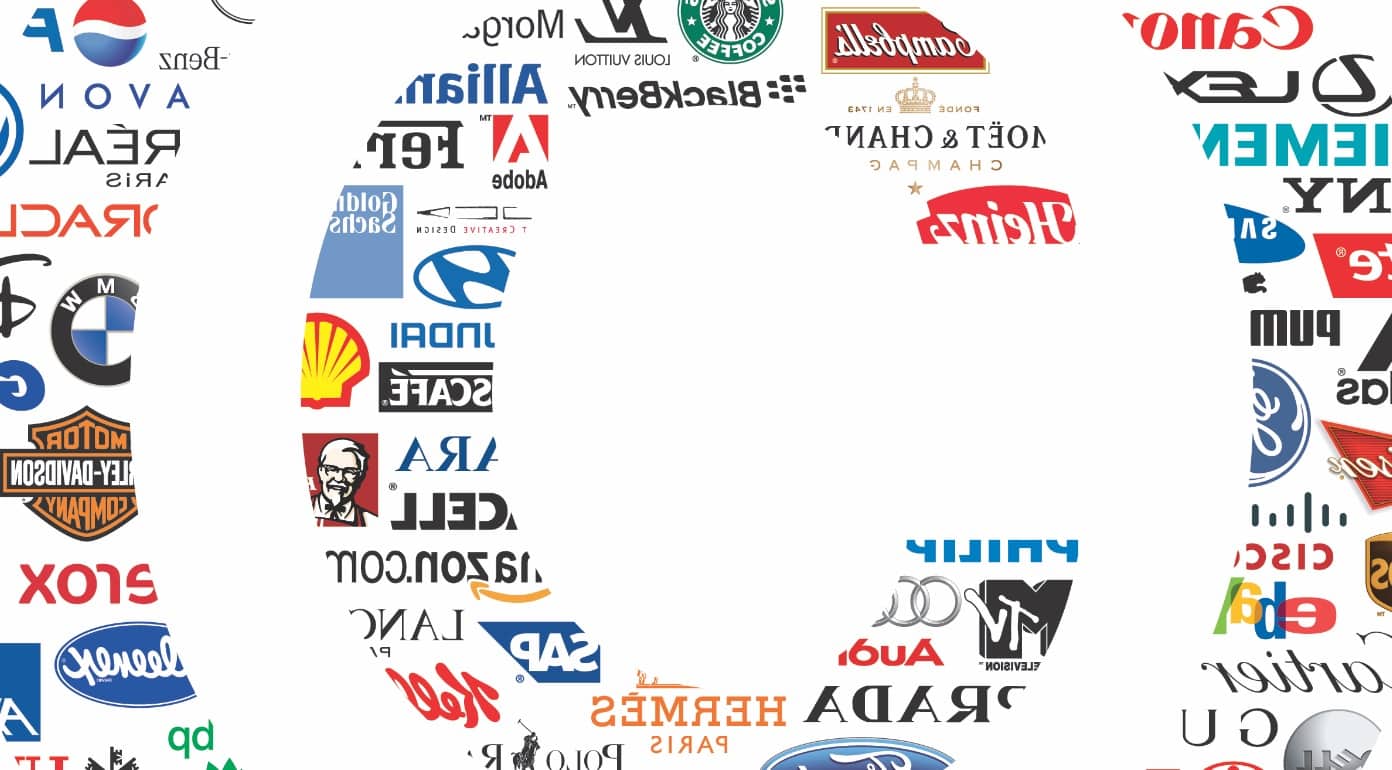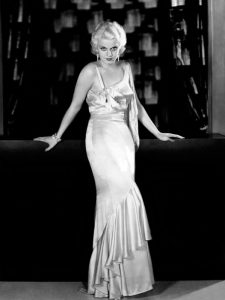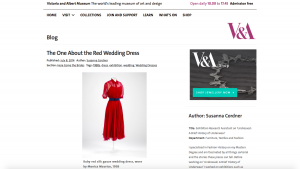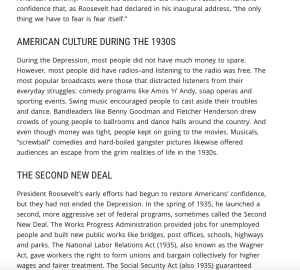As human beings we have always been afraid of changes because our brains have evolved to fear uncertainly, fear of being unable to adapt, whether it is interacting with people, or change in environment, it freaks us out. We have to recognize that change can be good for us. Changes often force us to adapt in ways we have never experienced, which can be a major driver of personal, growth and development.
When photography was born over 175 years ago, some of us saw it as the mortal enemy of art. However, in reality, the creation of photography greatly influenced art over the coming years and provided growth to numerous art form in 20th century.
Todays technology’s like computer, gadgets and cell phones has strong bonded with art, it has become inseparable. With the help internet, people are more have knowledge, everyone have access to artists from whole round the world. this has helped help to share they artist work and inspire/ influenced them to create their own artwork. from today’s social media its clear to see technology has huge positive influence on modern artist
But there also some negative aspects in arts relationship with technology. Artist work being online has made people stay at home and view the artwork instead of going out to visit a gallery in person.
However, I disagree with the “technology is the mortal enemy of art” because there are more positive aspects then negative. Technology has given birth to a whole new genre of art and the internet has become a medium for artist to communicate their ideas.
Reference
https://www.theguardian.com/education/mortarboard/2012/may/09/students-procrastinating-exams
https://www.goldensquared.com/blog/59/
http://www.bbc.co.uk/news/entertainment-arts-19576763

